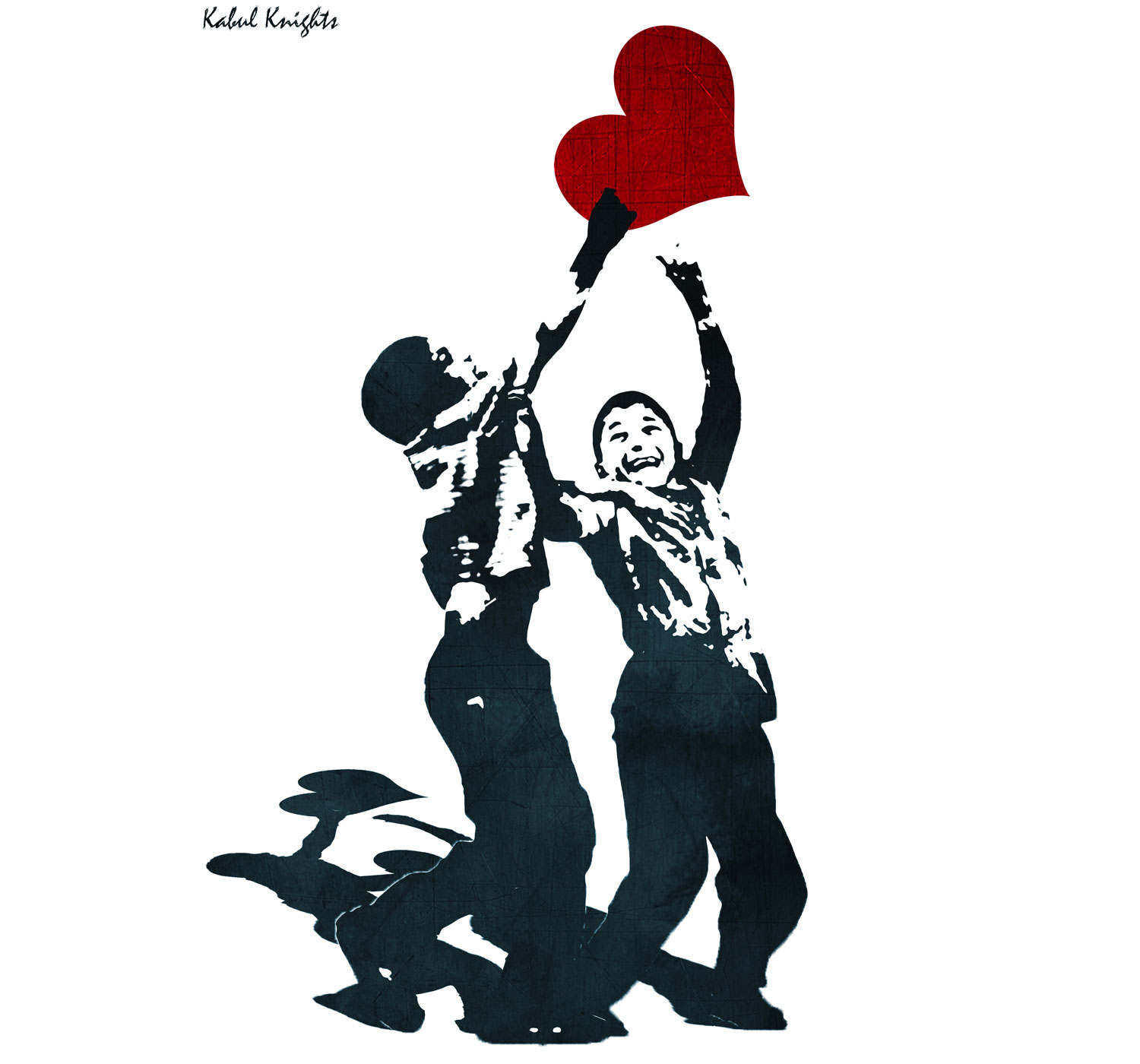
Yesterday, I opened my email to read about the deadly attack on the Hazara demonstration on July 23rd in Kabul, Afghanistan. I had received a message from Kathy Kelly, an international peace activist with the group Voices for Creative Nonviolence, about the state of the Afghan Peace Volunteers, a group of youth in Kabul that nonviolently organize for peace and justice, and run the Border Free Center, a school for the self proclaimed “Kabul Street Kids.”
In the email, I learned that no one in the Afghan Peace Volunteers was immediately harmed. However, the attack had killed 80 people and injured another 260, some of whom were friends and family members of the Afghan Peace Volunteers.
This attack is the most recent in the ongoing violence the Afghan Peace Volunteers face. I know this destruction has immeasurable physical, physiological, and social impact on the Afghan Peace Volunteers and that despite this they continue to teach and organize for peace and justice. I cannot help but think that their perseverance is a testament to the human spirit.
Last December, on a visit to Kabul with Kathy Kelly, I had the honor and privilege to learn directly from the Afghan Peace Volunteers and witness their relentless human spirit. I also learned about what keeps them going and inspires them. For example, while leading a series of printmaking workshops for the “Kabul Street Kids” at the Border Free Center I was introduced to the graffiti and graphic work of Kabul Knights.
Kabul Knights is the street name for Azim Fakhri, a twenty-seven year old Afghan graffiti and graphic artist who lived and worked in Kabul until just recently. In 2015, he fled Afghanistan as a refugee and now lives in Hamburg, Germany.
After seeing how inspired the Afghan Peace Volunteers were by Kabul Knights artwork I wanted to reach out to him to learn about his life, artwork, and experience as a graffiti artist in Kabul. My hope is that this interview acts as a reminder to the Afghan Peace Volunteers and the world that like Kabul Knights the Afghan Peace Volunteers are an inspirational force of love and transformation despite the violence.
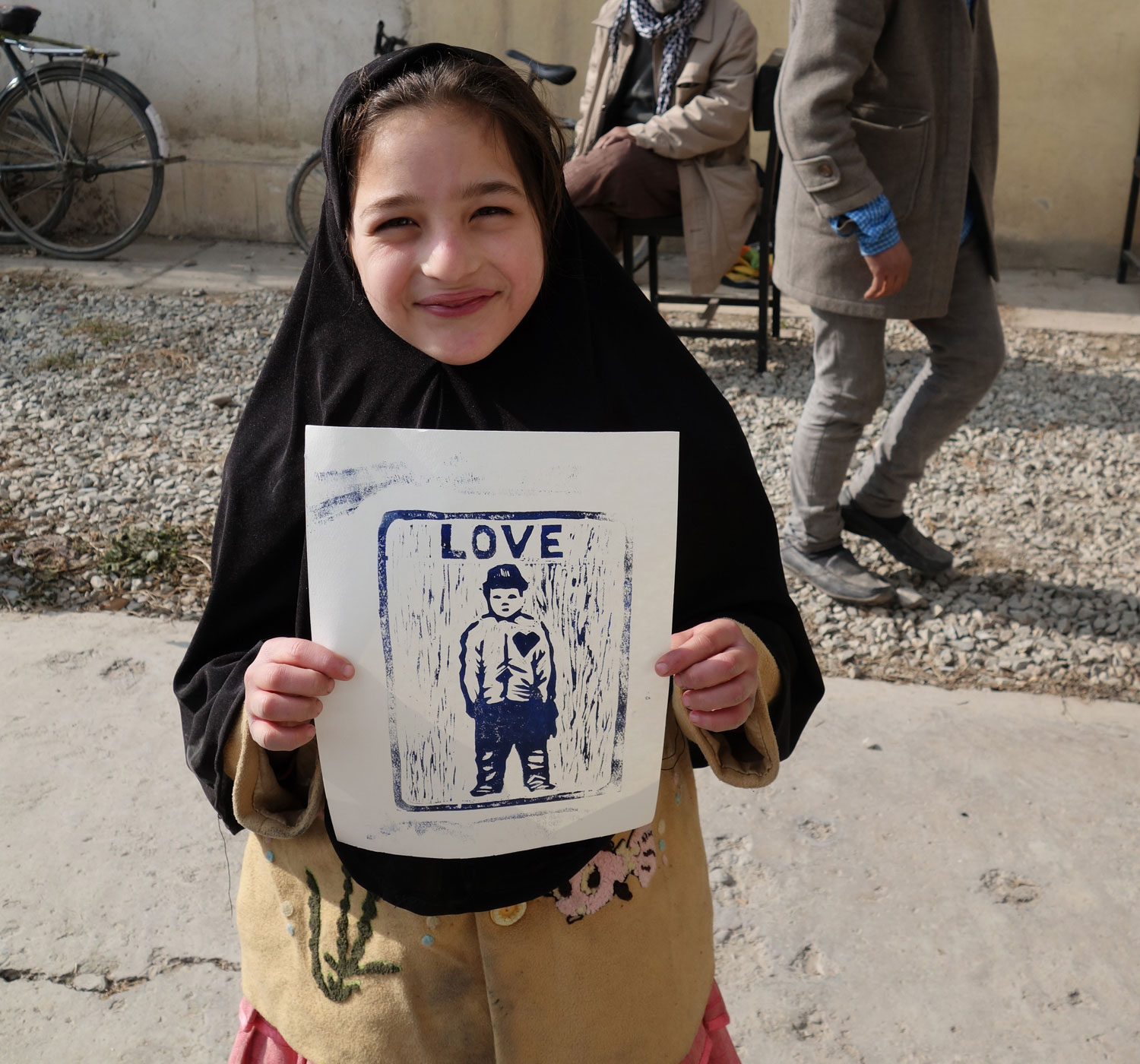
Aaron Hughes (AH): For most of your life you grew up as a refugee, but in 2002 you and your family returned to Kabul after the fall of the Taliban. Where did you grow up and why did you return to Afghanistan?
Kabul Knights (KK): We left Afghanistan when I was a kid. There was a war going on in Afghanistan and my father wanted to save our lives so we left for Pakistan. From Pakistan we traveled to Iran as refugees. During that period life was not easy. We had to start from zero. My father worked really hard.
Then, after the fall of Taliban, we decided to move back to Afghanistan and live there. We came back with lots of energy. By that time I knew English, computers, and was also a tailor. I had enough skill to help support my family by working in Kabul while my family was based in Laghman Province.
AH: How did you go from being a tailor to a graffiti and graphic artist? What first got you interested in art, graphics, and graffiti?
KK: I was young when I started learning computers when we were in Iran. Since that time I would love to make things with my own hands out of my ideas. In part, that is why I became a tailor in order to see my own creations. From there I started making Islamic artworks, making logos, and business cards and banners for people. And later on I realized that art was a powerful tool to transform my country. I knew that money was not going to help but art could. I started to get inspired by Banksy’s graffiti and started making my own designs.
AH: You use the name Kabul Knights. Can you talk about where this name comes from and what it means to you?
KK: Well, I’m always trying to play with words and numbers and alphabets. And when I was a kid I always wanted to be a Knight Rider fighting for peace. I know it sounds funny and as far as I know there is not a history of Knights in Asia, but I wanted to be the first one. I even learned how to ride a horse just because I wanted to be a knight. So that is where the name Kabul Knights comes from. And it is plural because I wanted to gather a group of people who had the same ideas. Together, we could be stronger and could fight for peace and Afghanistan for nothing in return. But, right now, it is still a group of just one person, me the Knight.

AH: You write on your website that your mission in life is to promote peace and love through art. How did you first get interested in using art to promote these ideas?
KK: Well, in my country it is a sad fact that we have less love and less understanding. I believe that is because of forty years of war and a lack of education. But I started thinking that art was a tool that could be used to change minds. I started making a lot of work and getting a lot of feedback, good and bad, positives and negatives. But I just kept going and going. And I’ll keep going.
AH: You want to keep going to transform Afghanistan and promote peace and love. How do you think art can do that? How can it make that change?
KK: Well, I love artwork that has a message in it whether it is graffiti or illustration or graphics. I love art that makes people think, and trust me it will work anywhere, as it did back in Afghanistan. I always wanted to show the good side of my country to foreigners around the globe, not only Afghans. I didn’t want to change only my people’s mind, but others’.
AH: Do you really think art can build peace?
KK: Yes. Art can build peace, art can teach us a lot.
AH: It is powerful that you say this considering you have been surrounded by destruction and violence. What does it mean to be an artist in Kabul?
KK: Well it is as normal as it looks. Sometimes it takes a little bit longer for Afghans to accept art. There are so many Afghans that say they don’t like art but at the same time they all want to be artists.

AH: Can you describe what it was like to make street art and graffiti installations in Kabul?
KK: Sometimes it can be really hard and sometimes really easy. I always loved to put work up on walls and in the streets because it is public space and anyone can see it- a driver, a student, anyone.
AH: Was it dangerous?
KK: Yeah it can be dangerous. I did one graffiti installation right when we were about to have our presidential election. I was caught and asked many questions by a police officer, but in the end he just asked if I wanted tea. It was a rainy day.
AH: How did people respond to your graffitti?
KK: Well some people love it and some people think I’m just making the walls dirty. I did one piece in front of a private university in Kabul and some of the drivers helped me with my spray cans and took pictures. But then again I did one piece on a school wall, and I had a problem.
Regardless, I’m happy to see there are so many other artists now doing street art in Kabul. That in itself is a sign of improvement. It shows that art is being accepted by my people.
AH: I know that the Afghan Peace Volunteers are really inspired by your artwork. What is your relationship to the Afghan Peace Volunteers and their Borderfree Center where they host a school for the Kabul Street Kids?
KK: I admire what they are doing in Kabul. There are so many street kids. I went to their office so many times. I believe, with the current situation in Afghanistan, everyone should be more focused on the kids and helping to get them educated and insuring they have a good future- just like they do at the Afghan Peace Volunteers’ office.
AH: Can you talk about the murals and designs you did for them at their old space?
KK: I was asked to contribute a piece of my work to their office. I had wanted to contribute a piece of my work. So I did it happily and it made me feel like I was with them in their work to educate the Kabul Street Kids.
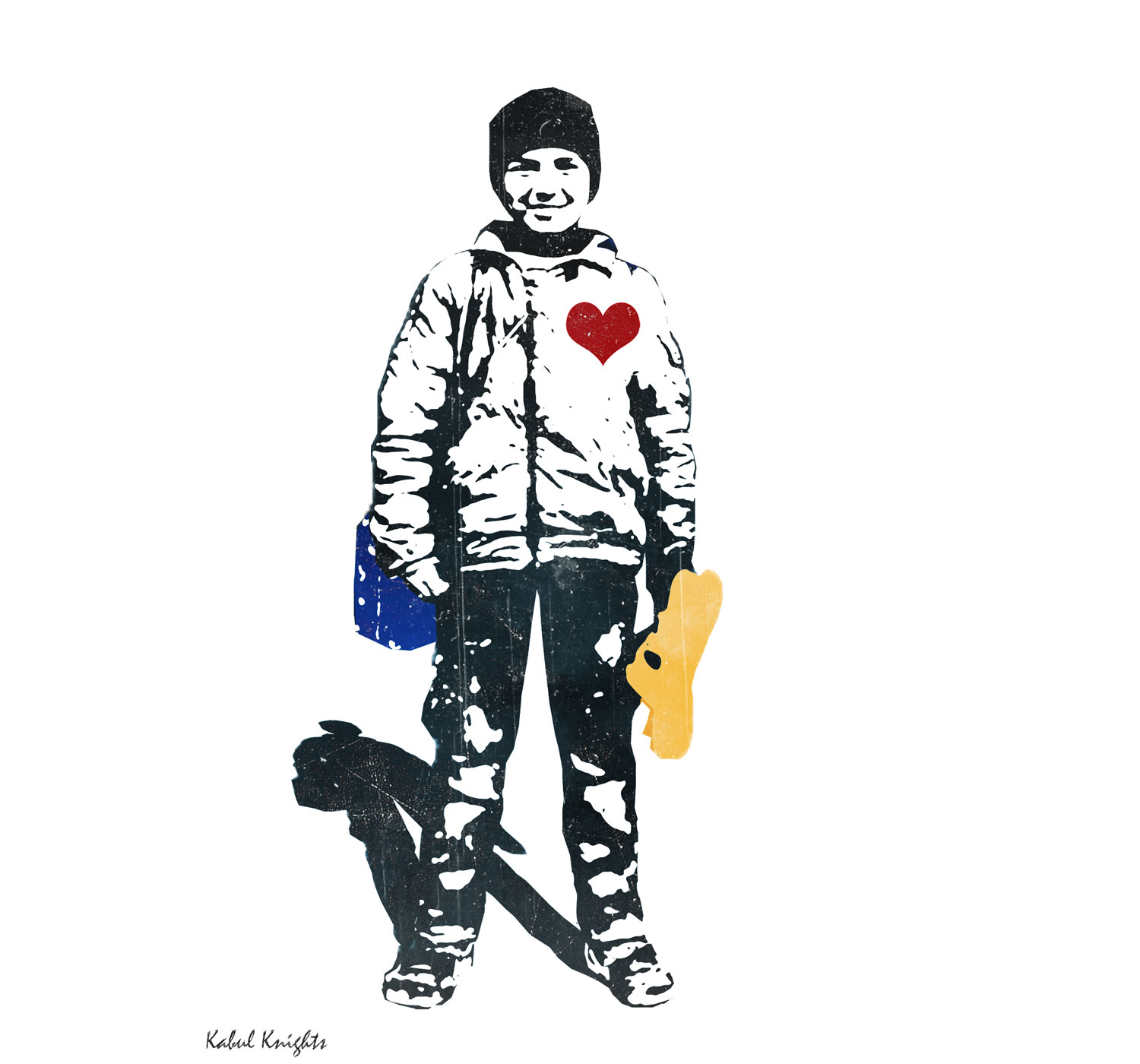
AH: I know that the Afghan Peace Volunteers use your graphic of Inam titled “Afghan Street Kid” a good deal. Can you tell us about this image and what it means to you?
KK: To be honest, I had no idea that they are using my artwork. When you sent me the pictures of the Kabul Street Kids printing my graphic it made me cry. I had tears in my eyes, because I’m just in love with street kids and it made me really happy to learn the name of the child I based my graphic on is Inam. And that he could then make a print of his own graphic. I love it when my work can connect with people in this way. It is important to make work about the street kids and women’s right.
You know, I showed that piece here in Hamburg and Canada as well.
AH: Why do you think this graphic is so important to them?
KK: Well, I can’t tell you why it is important to them, but it is clear to me that Inam was happy to have a print of himself with his big heart, a heart that is full of love.

AH: Why is that so important to you? What is it about the Kabul Street Kids and heart graphics that you use them over and over again in your work?
KK: Because I lost my childhood.
I lost my childhood working and being responsible for my family. I became a man when I was 10 years old. I didn’t have the opportunity to experience the things in life that so many other kids get to experience here in Germany or in other parts of the world. I’m from a country of war.
The street kids should not suffer this much pain. There should be much more focus on them. Not just to keep them alive but let them live. There is a big differences between being alive and living. With the street kids and heart graphics I’m trying to show them that despite the fact that they might work, go hungry, and live on the street, they are still lovely and they need our respect. I call them Street Angels.
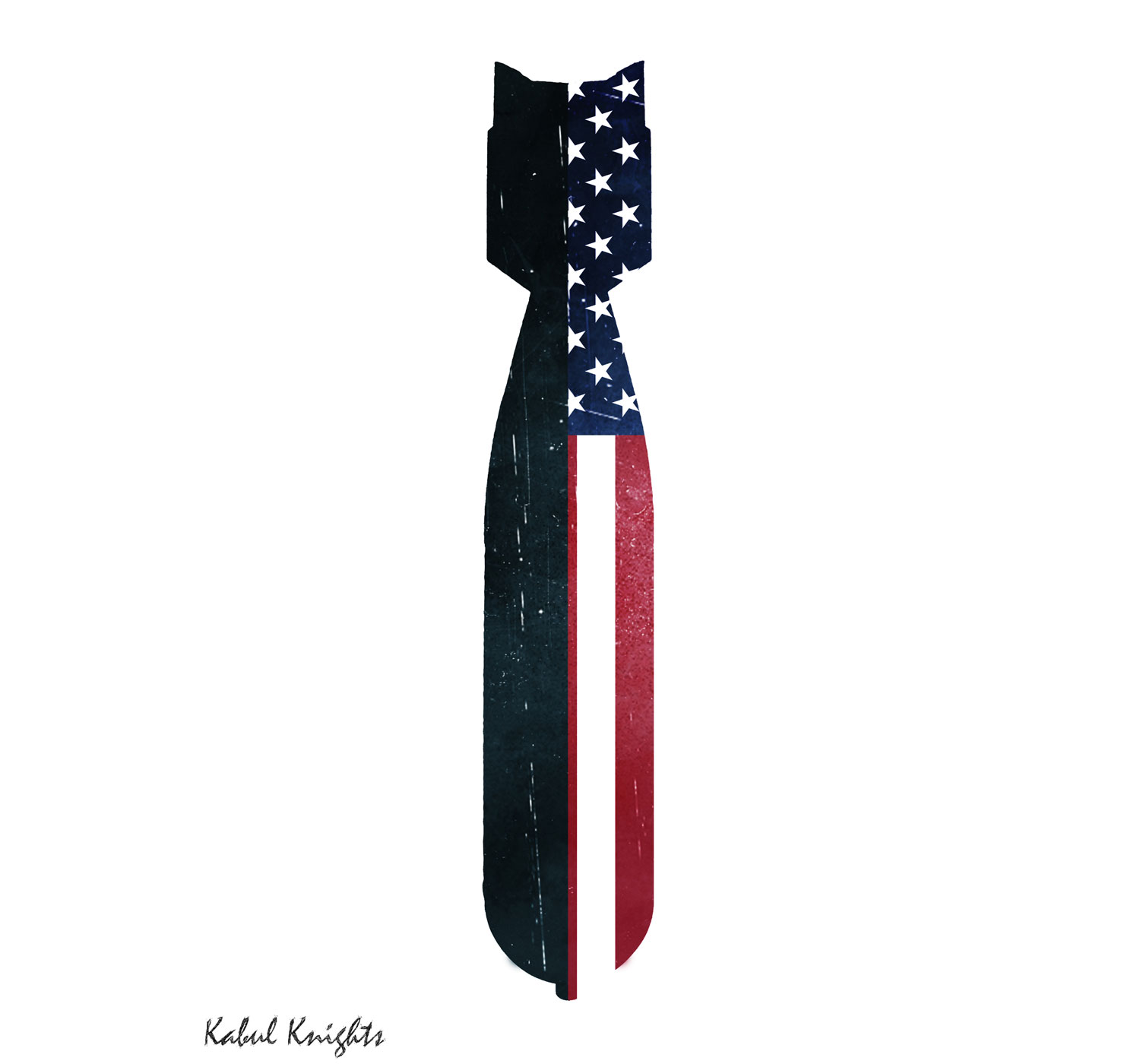
AH: You have a graphic titled “Being Honest.” Can you talk about what this graphic means to you?
KK: Well, I always say no one has the right to kill or to be killed for nothing, but you know that we are losing lives for nothing especially in Afghanistan. I made this piece because of the drone attacks and bombings of civilians’ houses.
AH: What are your thoughts on the US and NATO presence in Afghanistan?
KK: I used to work for them. I think they will be there for a lot longer, but our people should work harder to stand on their own feet and make their own future, if they let us. I don’t like politics and how they play. In my country it is like a videogame in which there is no GAME OVER option, and the game goes on and on with seeming unlimited missions and levels.
AH: In light of this endless war what do you think artists and activists based in the United States should understand about the US and NATO presence in Afghanistan?
KK: Well, US and NATO being there is one thing, but making positive changes is another thing. They can stay there for years and years but they should be useful.
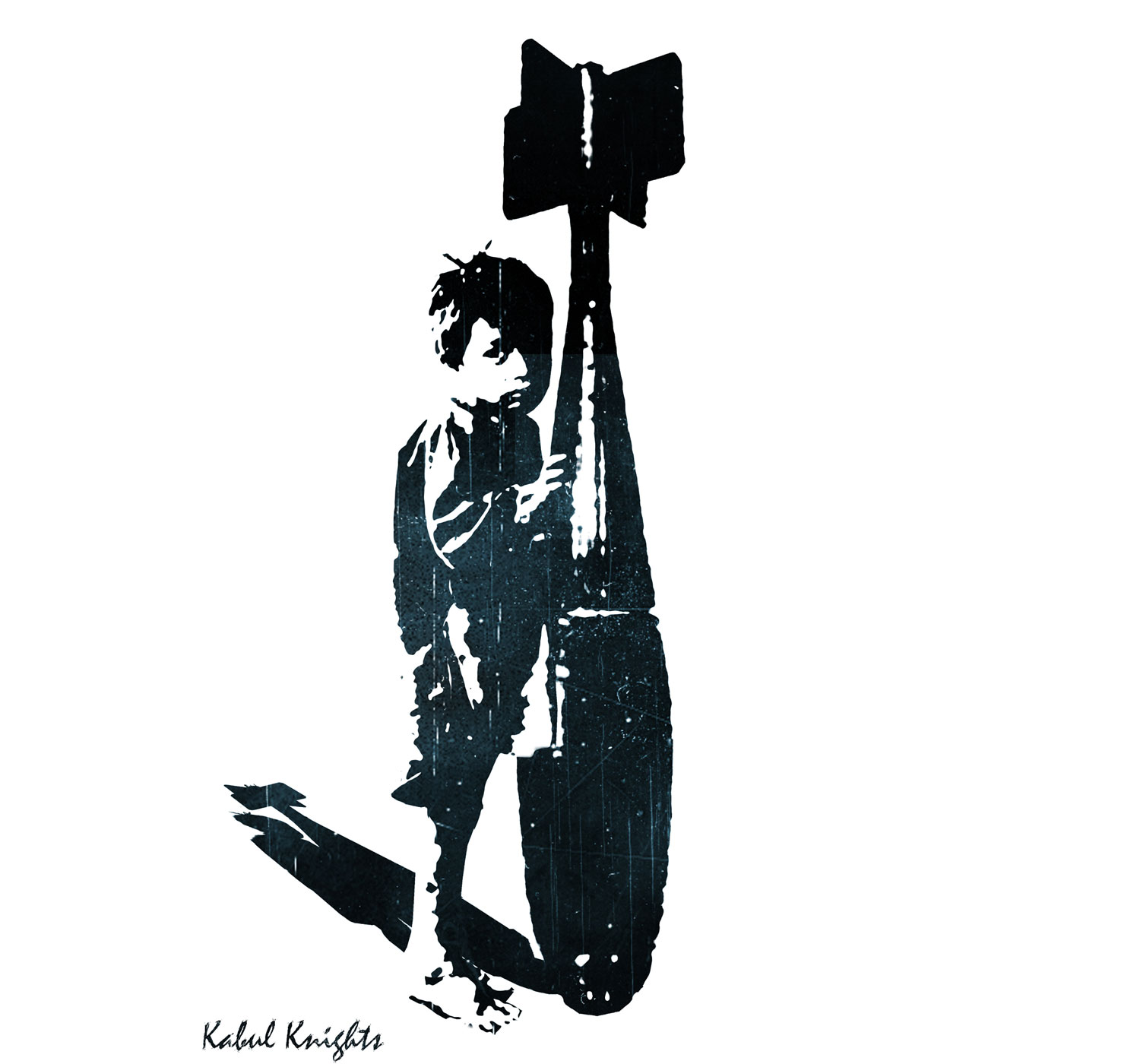
AH: If US and NATO forces are not useful, how do you think artists and activists could be useful? What could artists and activist do to be in solidarity with your cause to use art to promote love and peace?
KK: People learn by reading but understand through loving. Artists should find love in their lives. They should practice loving others. And with loving one another we can create understanding.
I’m sure there are so many people out there in Afghanistan that can inspire others.
AH: You are now a refugee in Germany. Why did you leave Afghanistan?
KK: Sometimes it is hard when you want to raise your voice and you want to be a part of making changes in your community and they come and they don’t let you. Afghans need more time to build an understanding of what freedom, women’s rights, and issues like poverty, displacement, the street kids mean to them.
It just hurt when I made sacrifices to make changes and others don’t see it. I lost a big part of my life.
AH: Did you have to flee because of your graffiti and artwork?
KK: Well there are so many reasons I had to leave. There is not just one, but art and working for foreigners was a part of it. I am also a computer engineer. There are a lot of reasons.
AH: Now that you are in Germany you can see just how disconnected people are from the realities in Kabul. Is there anything else you think is important for artists and activists based in North America or Europe to understand about Afghanistan and your experience?
KK: I just want people to feel and understand me, what I have been through. And not just me, but my people and their lives, dreams, hopes, and wishes. Just give me a chance to share my ideas.

Kabul Knights is the pseudonym for Azim Fakhri an Afghan graffiti and graphic artist living as a refugee in Germany. He wants his art to speak for those that have lost family members and loved ones during the ongoing wars in Afghanistan. And wants his artwork to be a message of peace not only to Afghans but to others around the world.
Links:
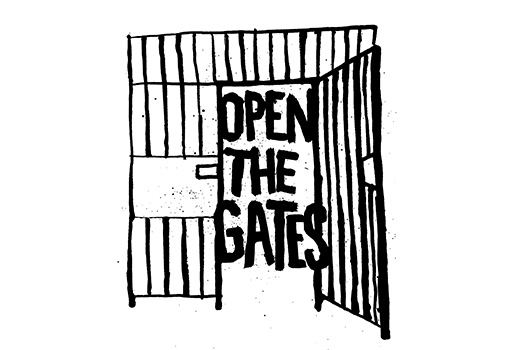
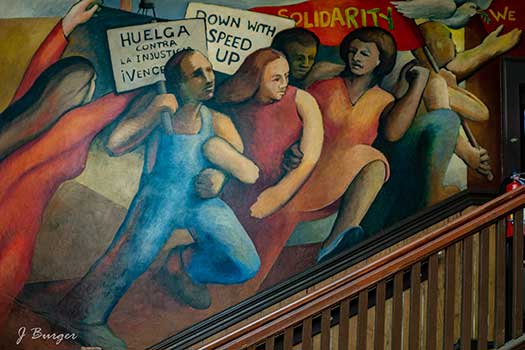
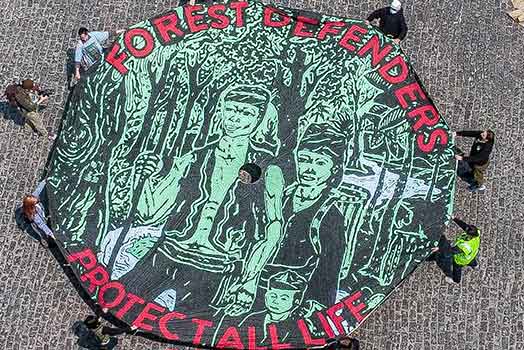

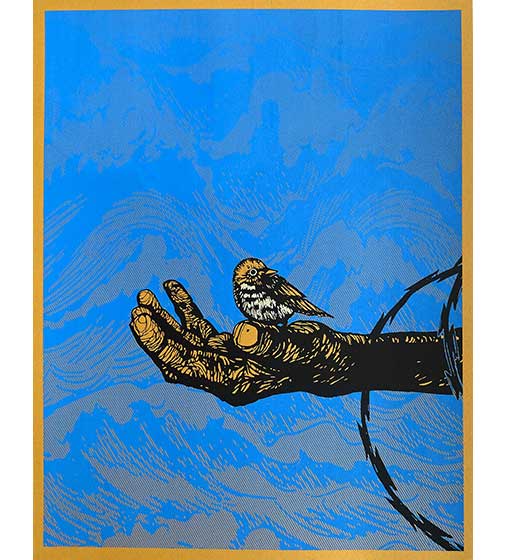
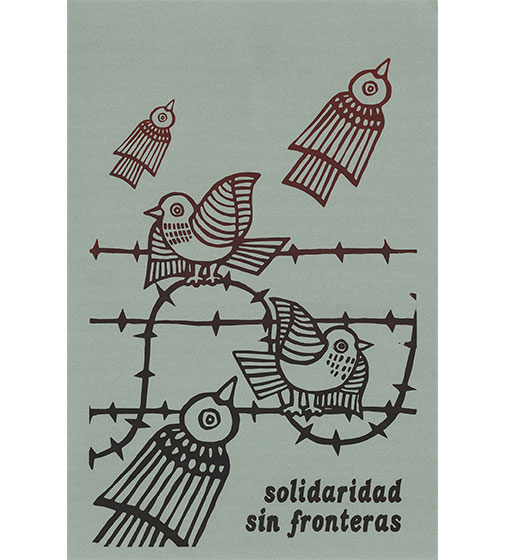

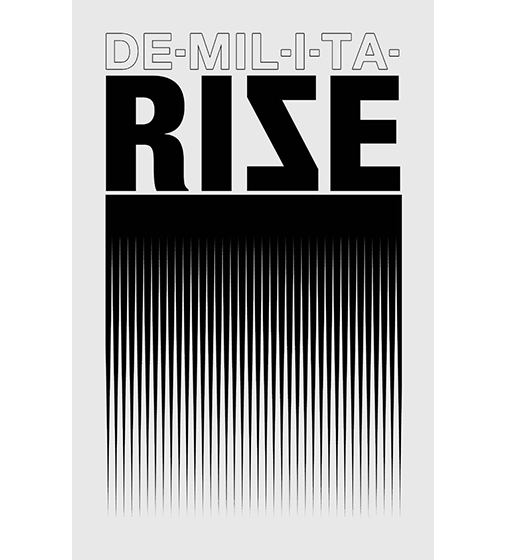
I would like to contact Azim Fakhri . I protest drone warfare in the United States. This link (https://www.knowdrones.com/blog/2020/10/16/alices-nightmare-in-drone-land-protest-oct-29-2020-at-hancock ) will show you the last protest and there are many videos under Alice’s Nightmare in Drone Land. Can you kindly send me his email. Thank you. In Solidarity. John Amidon